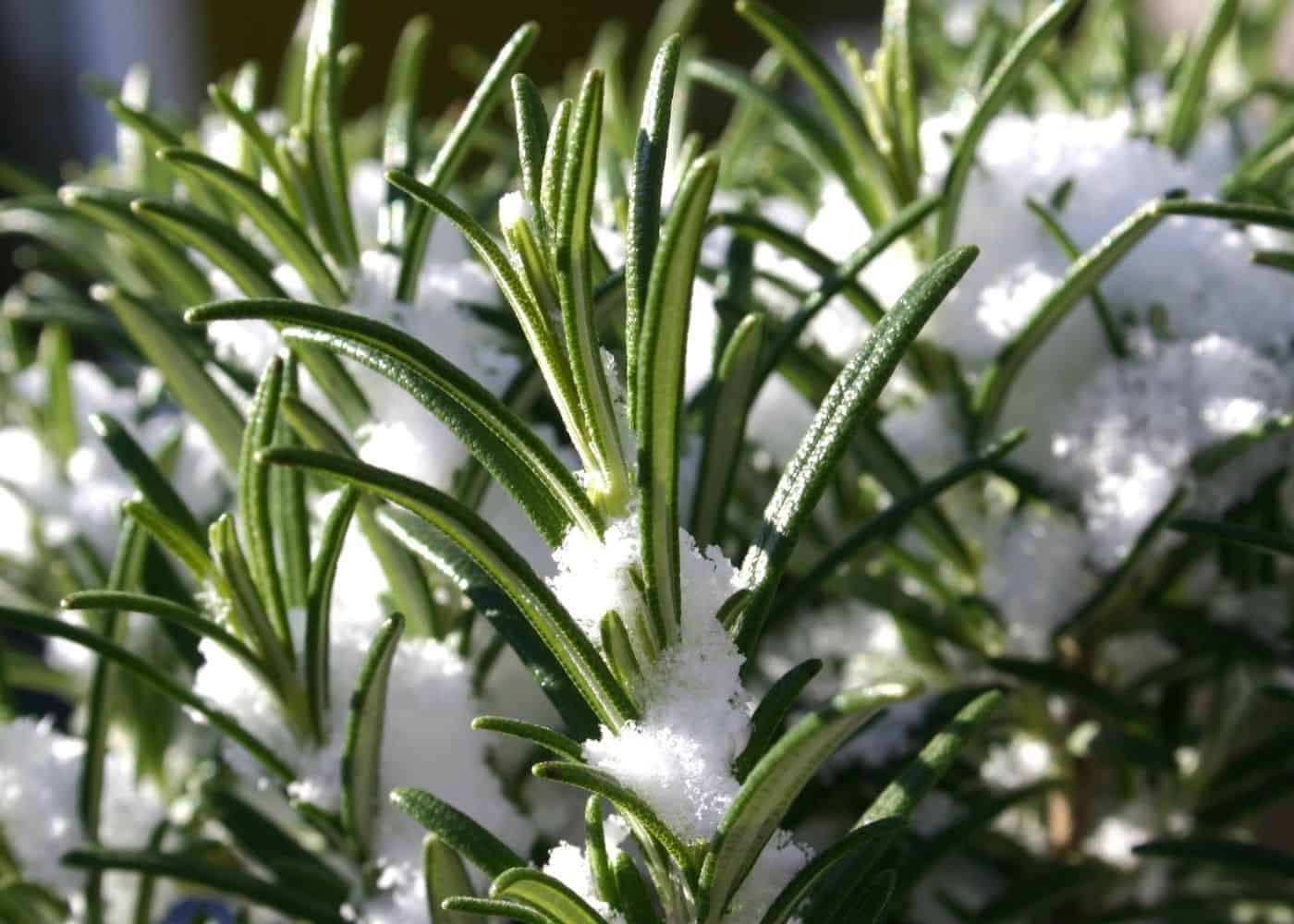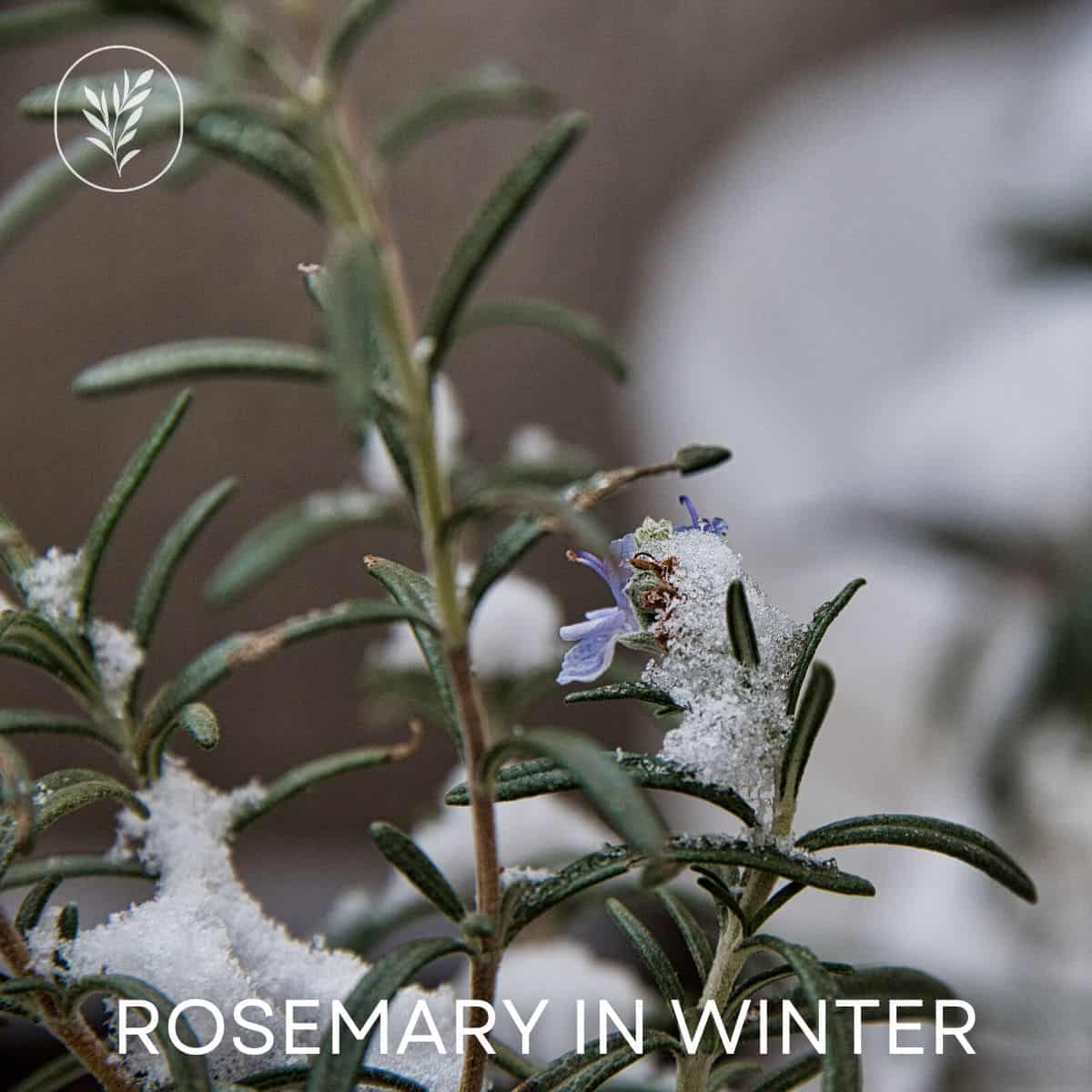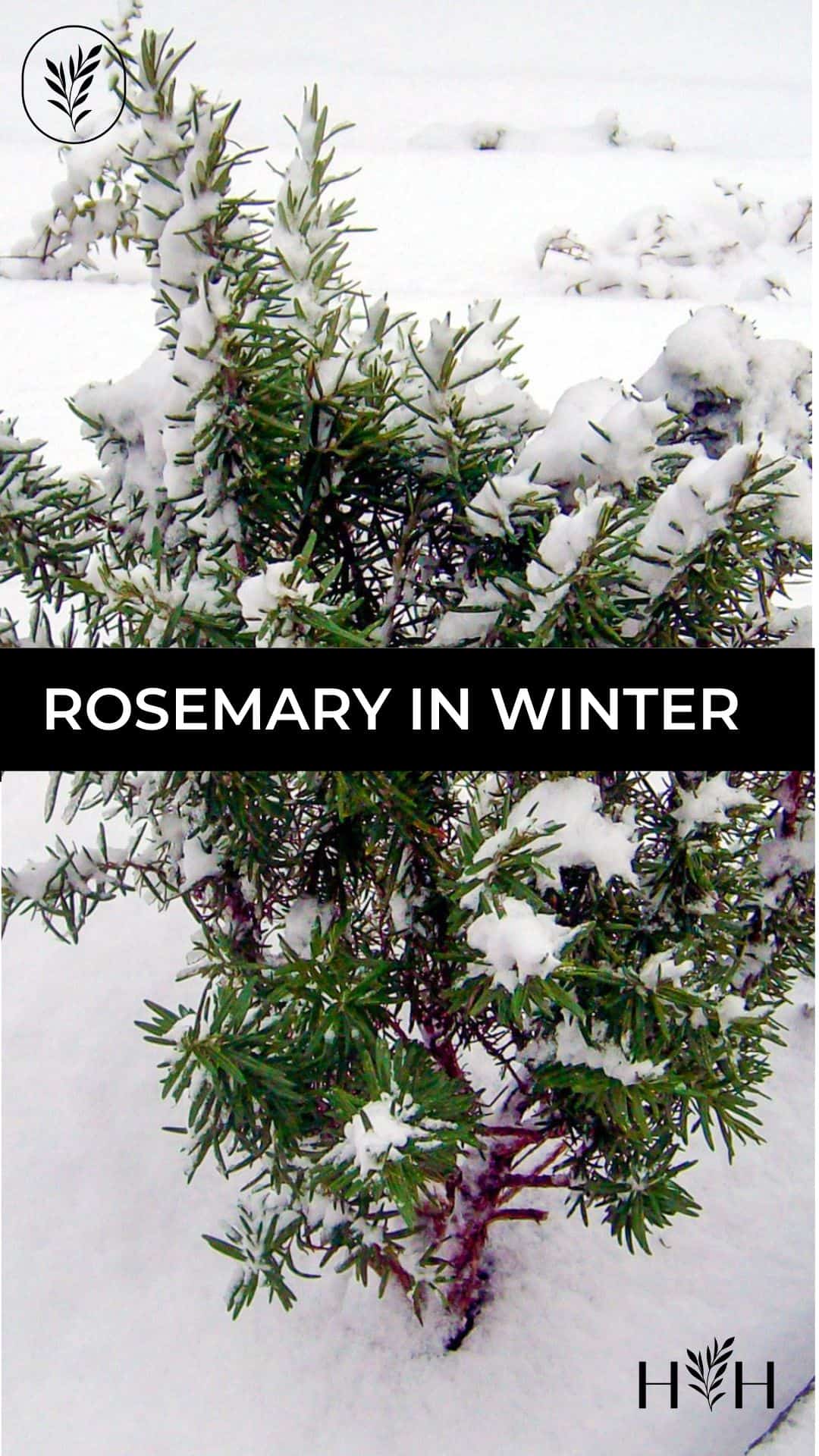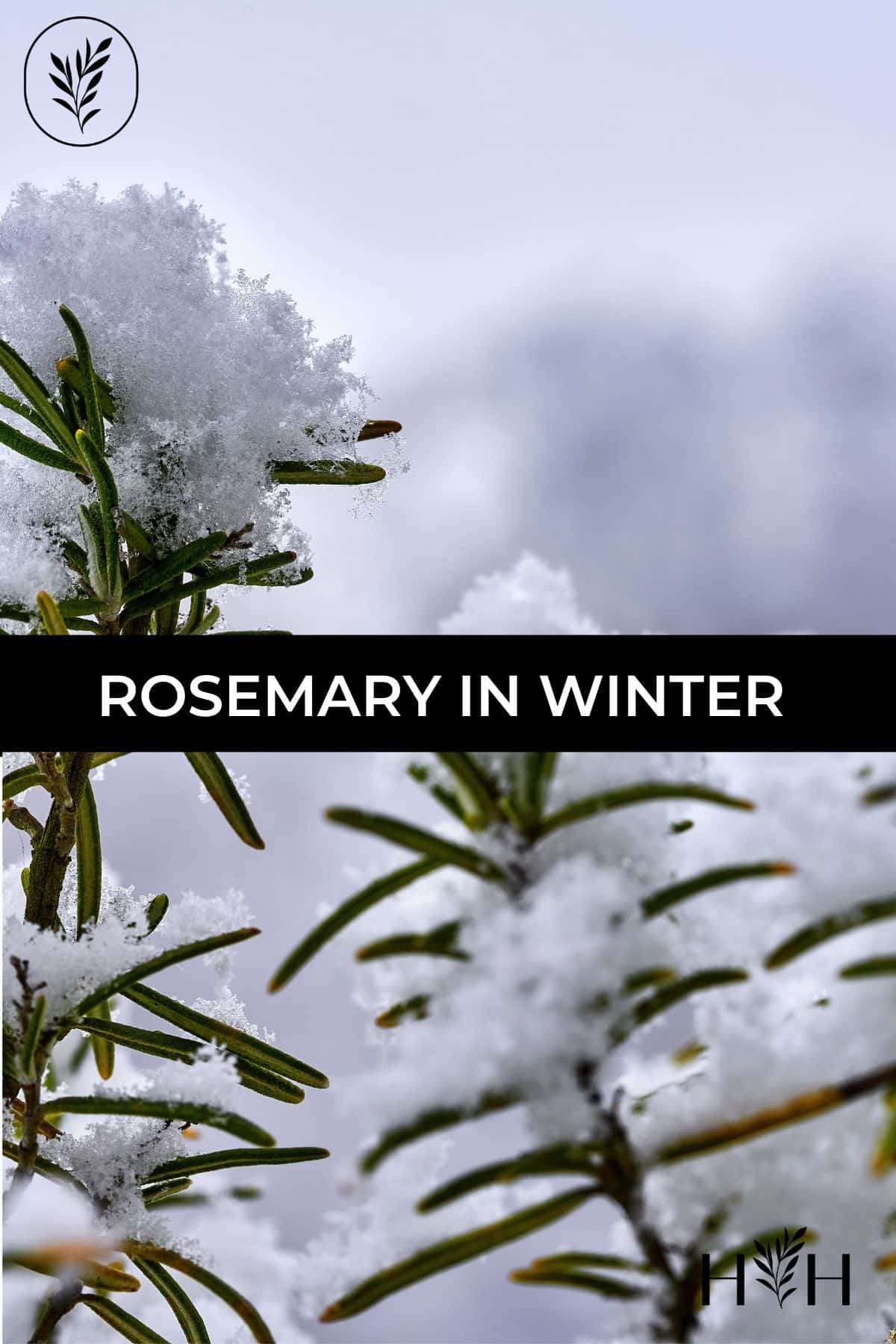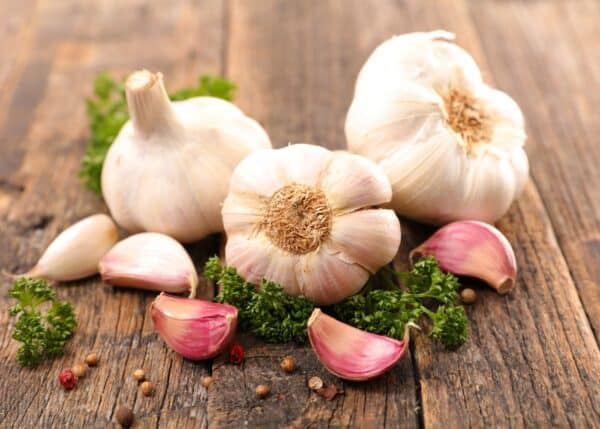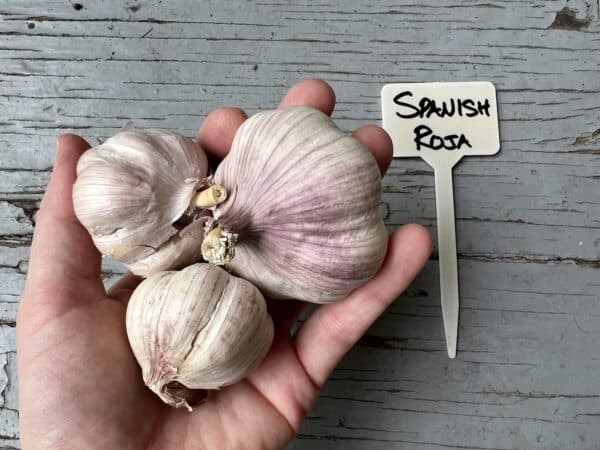Rosemary is an herb commonly used in cooking and decorating during the holidays. Rosemary is an extremely easy plant to care for and can withstand most climates with the proper care. However, in the winter, there are a few things you need to keep in mind when caring for your rosemary plant. Keep reading to uncover the best tips for caring for your rosemary plant in winter!
The basics of growing rosemary in winter
Rosemary can either be an indoor or outdoor plant depending on your climate. Since rosemary is a Mediterranean herb, it flourishes in warmer climates. However, that does not mean you can’t grow it indoors during the winter if you live in a colder climate! You just need to take extra steps in caring for your rosemary plant.
What to do with rosemary in winter depending on your climate
There are some steps you need to take in the winter when caring for rosemary, depending on where you live. Those living in warmer climates have it easier as the plant can stay outdoors year-round, whereas people living in cooler climates need to take extra precautions to keep their rosemary plants alive. While rosemary plants can survive a light frost, they should not be allowed to freeze hard as they may not survive.
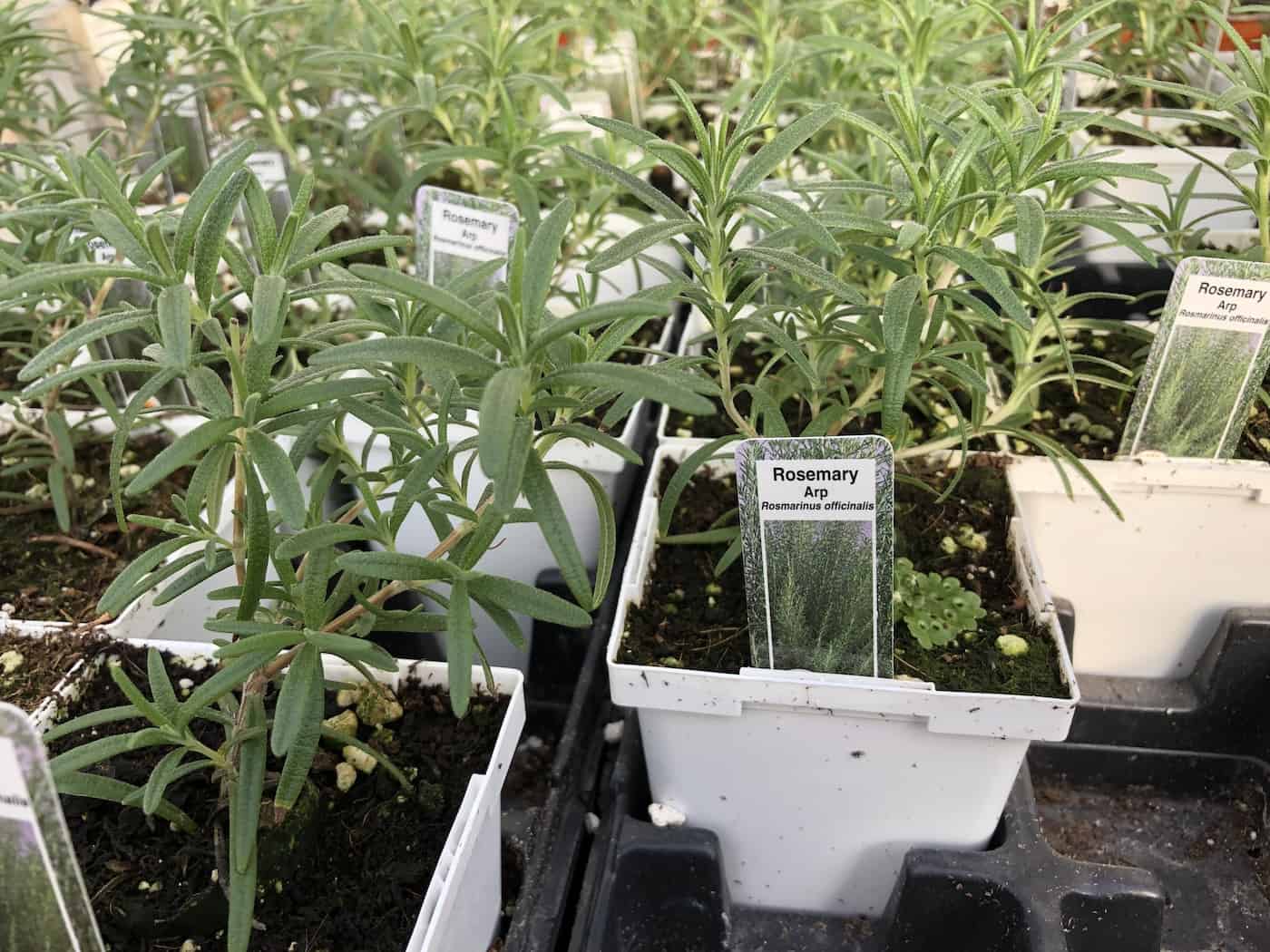
Which USDA hardiness zones are best for rosemary?
Rosemary thrives in warmer climates at temperatures of 60 degrees and above. While it can withstand cool temperatures in the winter, it does not typically survive freezing weather for long. If you live in USDA Hardiness Zones 8 and up, you can comfortably keep your rosemary plant outdoors (check your local Plant Hardiness Zone on the USDA map). For example, rosemary grown in Texas flourishes nicely without a ton of maintenance.
A few varieties of rosemary are hardy down to Zone 7 and sometimes even in Zone 6 during mild winters. Cold-hardy varieties include Arp Rosemary and Blue Spires Rosemary.
If you live in USDA Hardiness Zones of 6 or below, rosemary plants should be kept indoors during the winter. For example, in Iowa or Illinois, the freezing winter is too cold for rosemary plants, so they need to be kept indoors during the winter season. Fortunately, rosemary plants are very well adapted to growing in pots. You can grow a rosemary Christmas tree or even a lollipop-shaped topiary (similar to a potted lavender tree).
“Rosemary is neither a hardy perennial nor a tender annual but a tender perennial shrub that, in Northern gardens, can overwinter outside only on the West Coast.”
Herbs: The Complete Gardeners Guide, by Patrick Lima
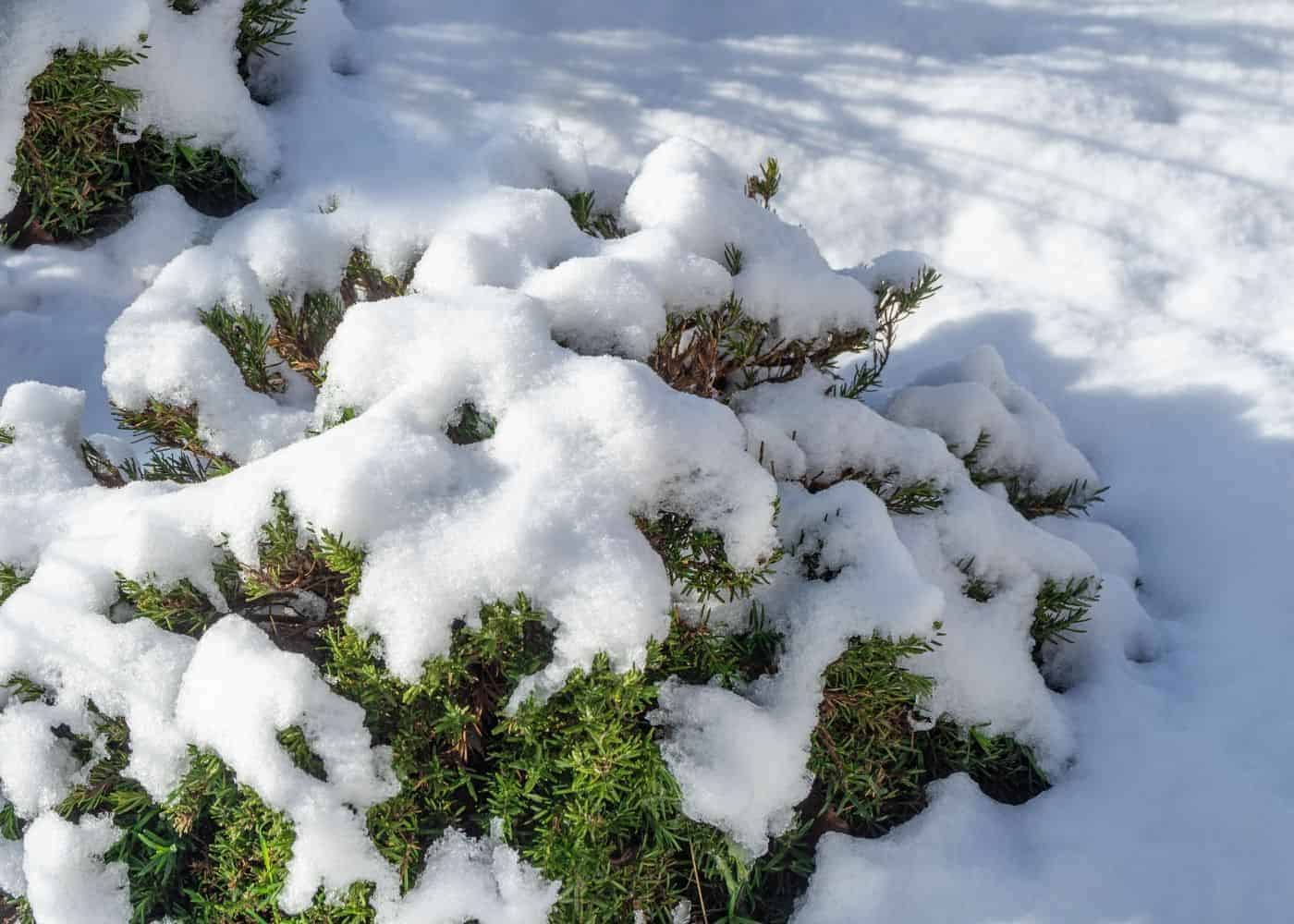
How to protect outdoor rosemary in winter
Rosemary plants can be grown outdoors in the ground in warm climates (Zones 8-11 for most varieties). First, ensure your rosemary plant is planted in direct sunlight. Next, place rocks around your rosemary plant to keep it warm. Rocks can retain heat from winter sunlight and prevent your rosemary plant from retaining too much water.
You can also use a container for rosemary in Zones 8 and above. Container-grown rosemary may require more frequent watering (although rosemary does not need to be watered often in the winter). Avoid overwatering so your plant doesn’t develop root rot. Read more about how often to water rosemary plants.
On the rare occasion when rosemary plants are snowed outdoors, take a little time to brush the snow off the branches. This is especially important for shaped/trained plants such as rosemary tree topiaries and rosemary hedges. Snow tends to be quite damp and heavy in areas that don’t often get snow, and this heavy snow can weigh down and bend (or even break) branches.
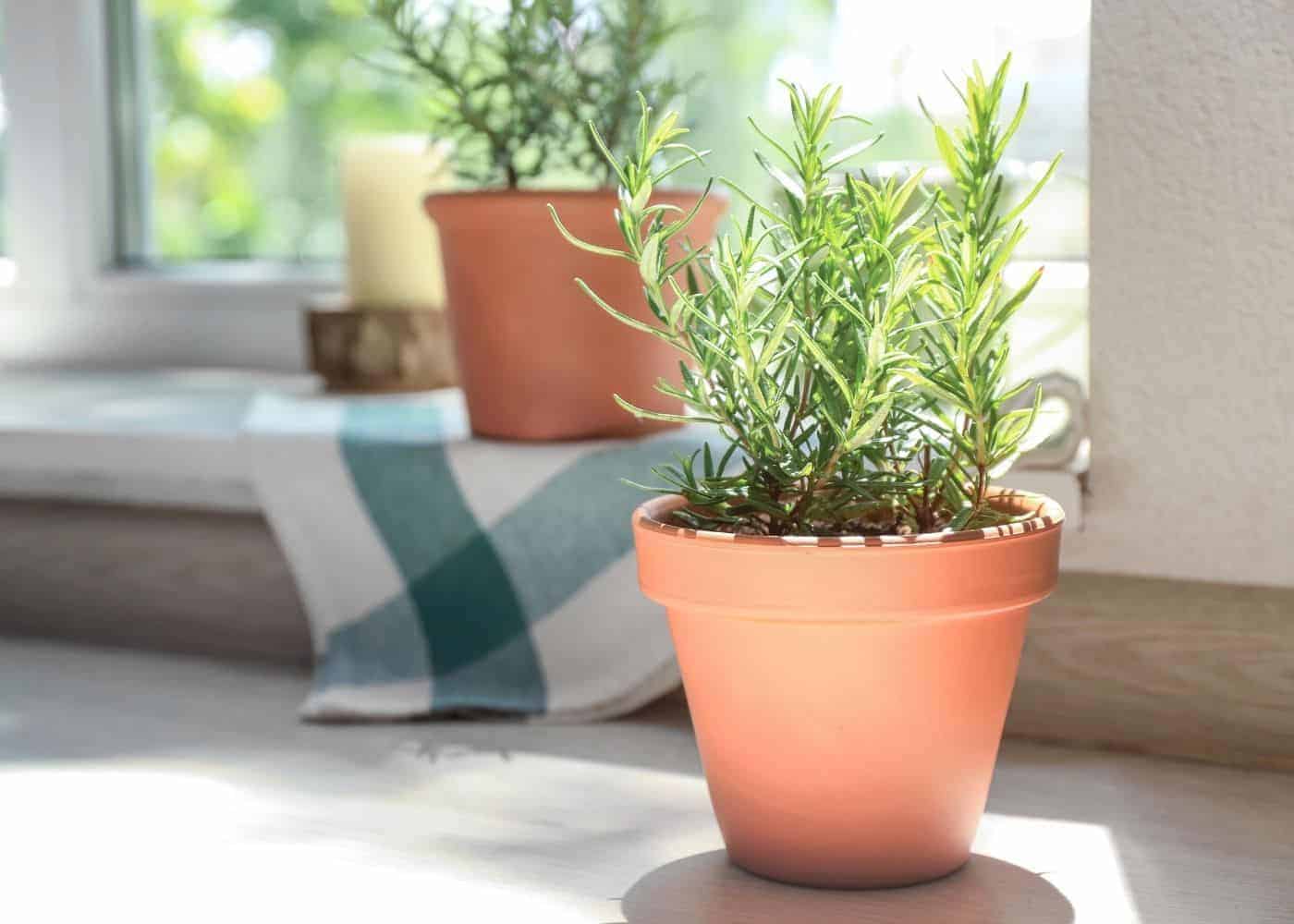
How to overwinter potted rosemary indoors
If you live in a colder climate where winters have freezing weather, overwintering potted rosemary indoors is going to be the best way to preserve it all year round. To overwinter your rosemary plant indoors, place it near a bright window that receives plenty of sunlight. Rosemary plants thrive daily with 6-8 hours of direct sunlight to stay healthy. If you don’t have access to direct sunlight, you can also use LED plant lights to mimic natural sunlight.
Potted rosemary plants should be kept in breathable planters like terracotta or unglazed earthenware. The planter should also have a working drainage hole. Use a lightweight, high-quality potting mix that contains perlite (or a similar growing medium). Next, only water the soil when it feels dry. Rosemary does not thrive in wet soil, so make sure you water sparingly.
Rosemary can be quite lovely to have in the house during the winter. Potted plants can even be trimmed into rosemary Christmas trees that can be decorated with lights during the holiday season. The scent of rosemary is also quite festive indoors, making it a favorite Christmas plant of many gardeners.
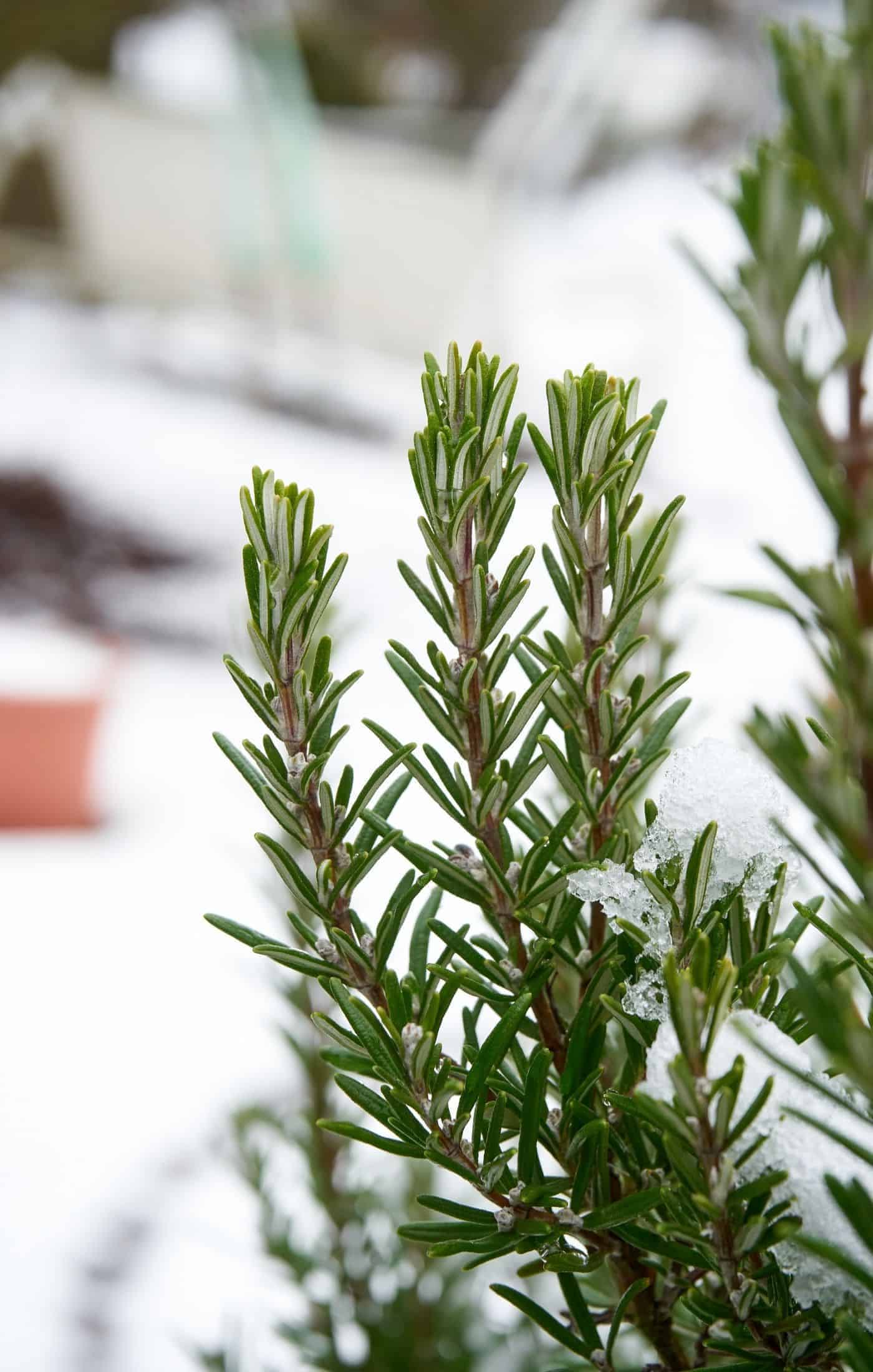
Tips for keeping rosemary alive in winter
Although rosemary is a very hardy plant, there are a few tips and tricks you can do during the winter that will help your plant flourish year after year. For example, if your plant is in a pot indoors, it needs proper drainage. Rosemary is different from other plants because it prefers dry roots and moist foliage. However, underwatering your plant can also cause your plant to die, so make sure you water occasionally.
Another tip for keeping your rosemary plant healthy is to fertilize it in late winter or early spring. Use a diluted or half-strength organic fertilizer and put it in the soil a few times before moving your plant outdoors once the weather warms up in the spring.
Another tip for keeping rosemary alive in winter is to plant it in an appropriately sized pot. Rosemary will only grow as large as the pot it is planted in. However, if you do not want to repot your rosemary into a new container, you can prune the leaves and roots down so they can stay in the same pot.
On the other hand, if you want your rosemary plant to grow, you will need to replant it in a pot that is the same height as the plant. For example, an 8-inch tall plant needs an 8-inch deep pot. Rosemary is easiest to overwinter in larger pots (12″ wide is a nice size for more established potted plants).
How and when to prune rosemary plants in winter
Rosemary plants need minimal/no pruning in winter. Trimming off sprigs as a culinary herb is fine; these plants don’t need significant wintertime pruning.
As for when you need to prune your rosemary plant, you can give the plant its main annual pruning as early as late winter or in the springtime. The shrub can then be trimmed lightly throughout spring and summer. Avoid pruning too much in the late summer or fall, as this new growth will be vulnerable to cold autumn temperatures and desiccating winds. Read more about how to prune rosemary plants.
Is pruning necessary in the winter?
Rosemary plants are exceptional in taking care of themselves without much maintenance. Moreover, pruning is not necessary for the winter unless you want to keep your rosemary plant contained and not leggy. If you’re fine with your rosemary plant growing as big and leggy as possible, there’s no need to prune it. However, ongoing pruning is quite helpful if you want your plant to be bushy and full.


